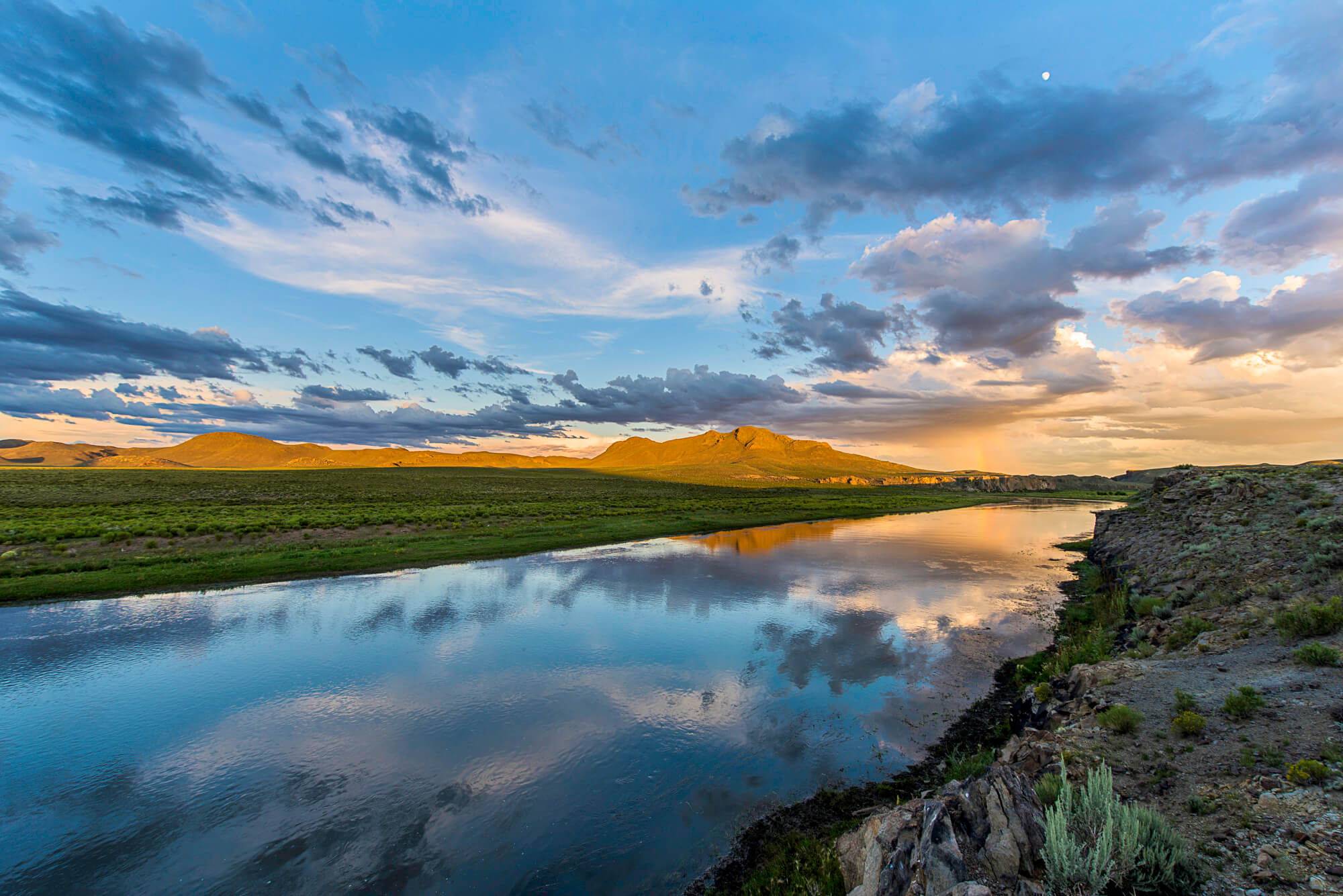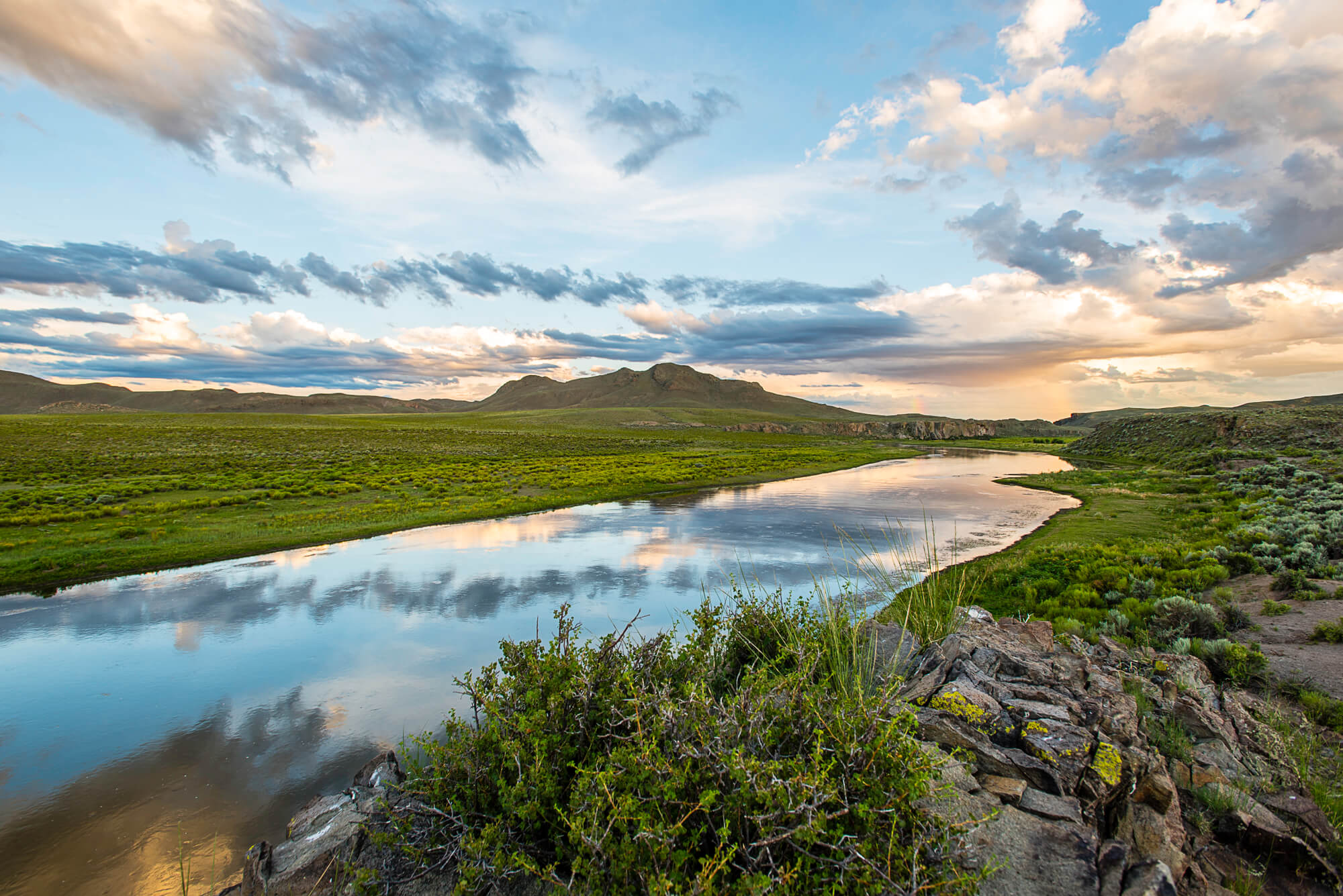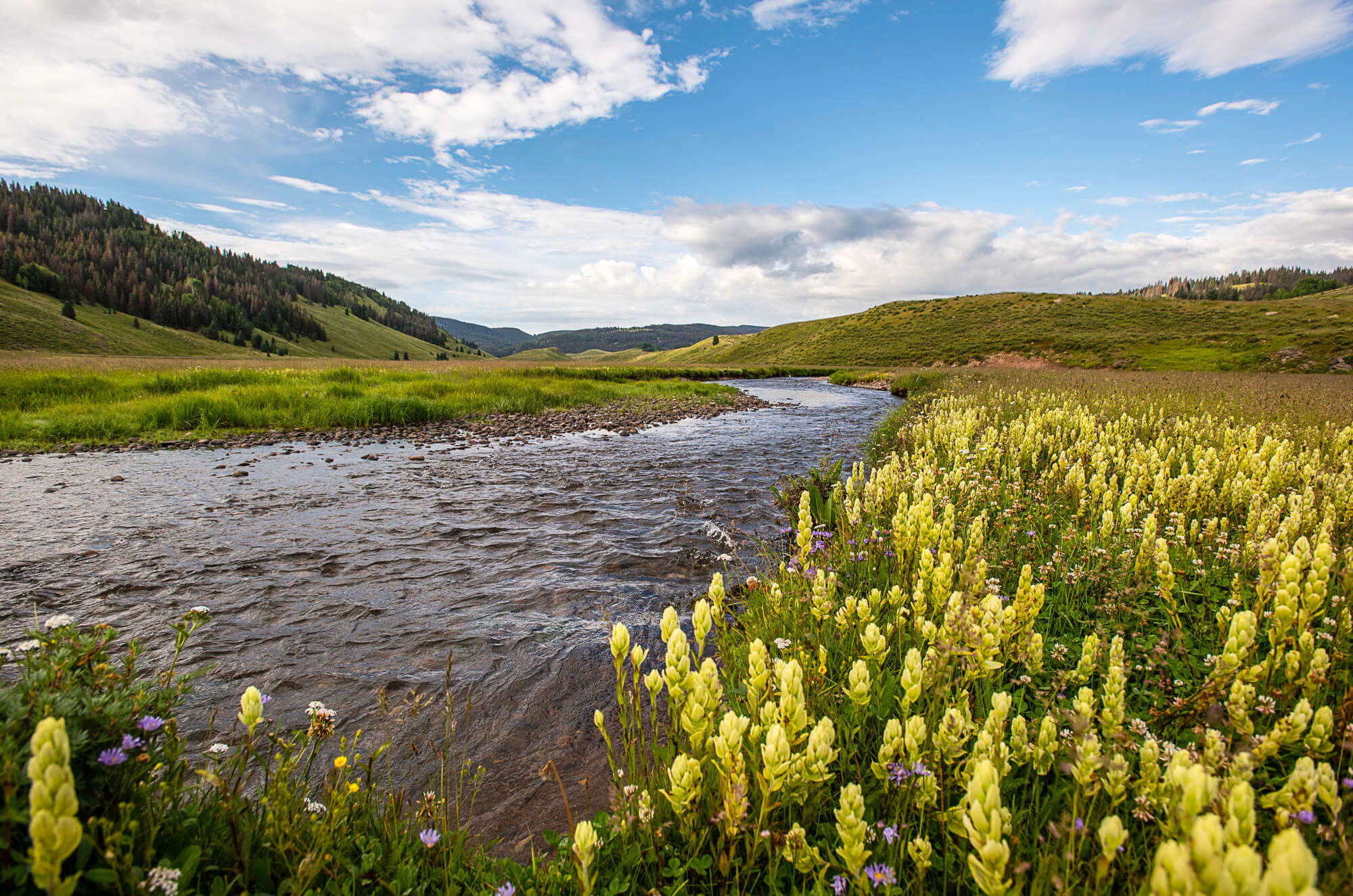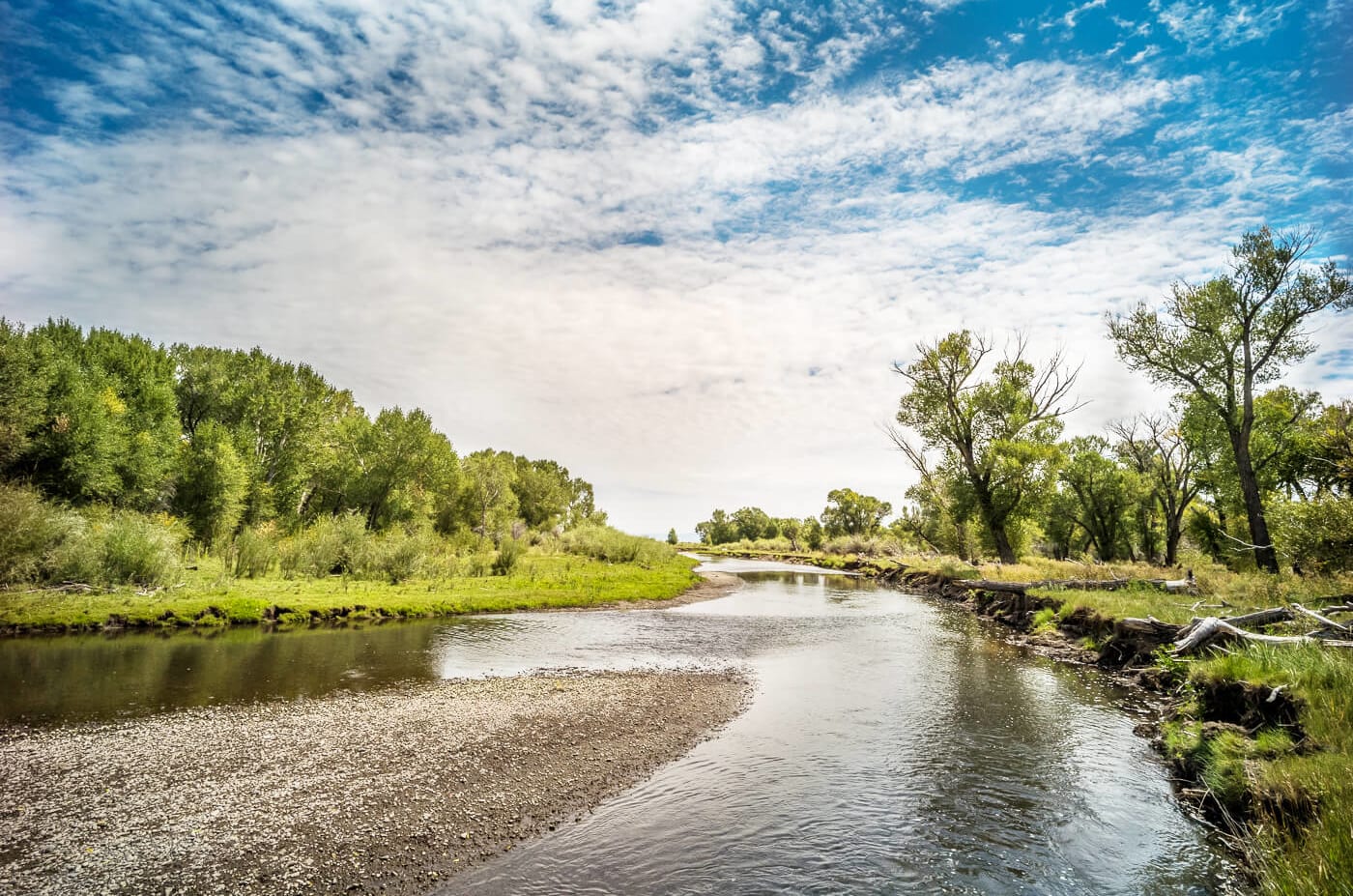Creating the San Luis Hills State Wildlife Area
In the heart of Colorado’s high San Luis Valley, Western Rivers Conservancy is working to protect tens of thousands of acres of fish and wildlife habitat along the Rio Grande and key tributaries like the Conejos and Rio de Los Pinos. As part of this effort we are connecting people and communities to these rivers by protecting prime open space and creating public access to rivers and the lands around them.
In the spring of 2018, we successfully created the San Luis Hills State Wildlife Area, conserving 17,019 acres of open space along 4.5 miles of the Rio Grande in Costilla County. The effort protected outstanding fish and wildlife habitat and created new recreational access in a county with almost no public land or river access. For the people of Costilla County, and for the river itself, this was a tremendous conservation win.
The property we protected was one of the few remaining large, intact tracts of private land within the Rio Grande Natural Area and lies between the Alamosa National Wildlife Refuge and New Mexico’s Rio Grande Wild and Scenic River corridor. With protected lands both upstream and down, this stretch of the Rio Grande is crucially important to fish and wildlife. A portion of the river that flows through the new state wildlife area is designated Critical Habitat for endangered southwestern willow flycatcher, and the river serves as a concentration area for dozens of bird, mammal and amphibian species, including bald eagle, river otter and northern leopard frog.
The property’s hilly shrublands are equally important. They provide important winter range for mule deer, pronghorn and Rocky Mountain elk herds that move from higher elevations to the valley floor in winter months. Grasslands and sagebrush uplands also provide habitat for a variety of declining species, including mountain plover, sage thrasher and horned lizard.
Partnering to preserve public access and fish and wildlife habitat
WRC purchased this property in 2016 using a loan from the LOR Foundation and spent the next two years building the partnership that resulted in a unique funding, ownership and management outcome that ensures both public access and habitat protection in perpetuity.
In spring of 2018 we transferred the property to Costilla County using grants from Great Outdoors Colorado (GOCO) and the Gates Family Foundation. A conservation easement, held by the U.S. Fish and Wildlife Service, guarantees permanent conservation of the land. Public access to the property is guaranteed through a deed of restriction, held by Colorado Open Lands and requires that the county keep the lands open to the public in perpetuity. The USFWS acquired the conservation easement on the property as part of its Sangre de Cristo Conservation Area, using $1.02 million in funding from the Land and Water Conservation Fund.
WRC’s Efforts in the San Luis Valley
Immediately across the Rio Grande from the new state wildlife area, WRC conserved the 1,180-acre Olguin Ranch on the Conejos River. The project was critical both for its habitat values, and because it increased the amount of uninterrupted protected lands along this reach of the Rio Grande. As part of our efforts to conserve the Olguin Ranch, WRC donated a conservation easement to the U.S. Fish and Wildlife Service, dropping the final piece into place in the effort to create the country’s newest unit of the National Wildlife Refuge system: the San Luis Valley Conservation Area. Upstream of these projects, on the outskirts of the city of Alamosa, WRC created the Alamosa Riparian Park to expand open space and conserve a mile of the Rio Grande. Further upstream, we conserved 92 acres along the mainstem near the old Freemon General Store, improving access for boaters, anglers and other recreationists. And to the west, WRC conserved 638 acres and improved access along a prime reach of the scenic Rio de Los Pinos.
Creation of the San Luis Hills State Wildlife Area was made possible with the support of the San Luis Valley Conservation Fund, which was created in 2015 by WRC, the LOR Foundation, Rio Grande Headwaters Land Trust and Colorado Open Lands. The fund is a collaborative effort to bolster local conservation efforts in the San Luis Valley and to preserve the region’s rich cultural heritage, all while enhancing livability for valley communities. The fund includes a $2-million re-granting program called the San Luis Valley Conservation and Connection Initiative. The program supports local conservation organizations and ensures healthy futures for the culture and communities that the Rio Grande has sustained for generations.
Funding for the Rio Grande-Brownie Hills Project was made possible through generous contributions from multiple sources, including Gates Family Foundation, the LOR Foundation, the San Luis Valley Conservation Fund, the Jacob and Terese Hershey Foundation, The Conservation Alliance and with the generous support of many additional individuals, foundations and businesses.
This project was also made possible through funding from Great Outdoors Colorado (GOCO) and the U.S. Fish and Wildlife Service.













